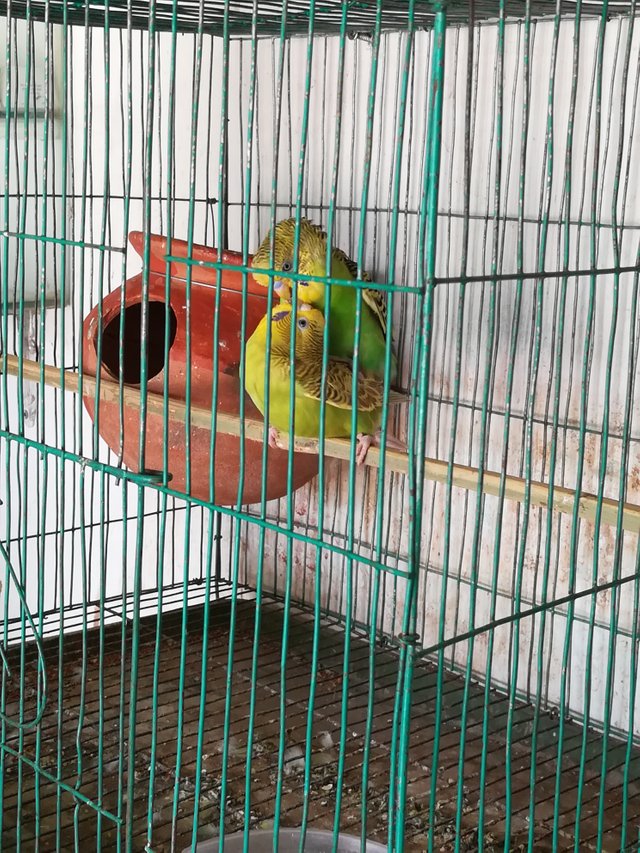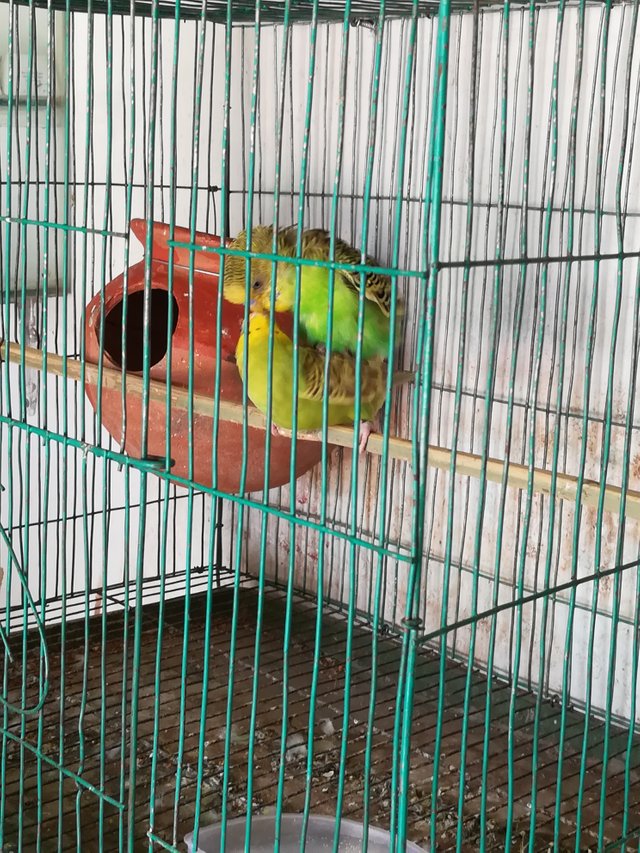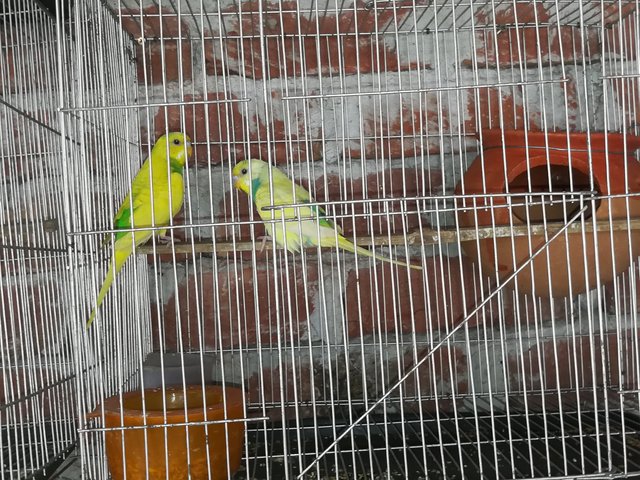Budgies Breeding Tips
Choosing a Pair
When choosing a couple of budgies to breed from, you should guarantee that they are not related. Rearing budgies that a nearby relatives can bring about hereditary changes, bringing about still conceived or distorted chicks.
It is best to breed from budgies that are in extraordinary wellbeing and no less than one-year-old. On the off chance that you have a couple that have just fortified, this is awesome. You can tell if a male and female have reinforced on the off chance that they trim each other or hold mouths. This will guarantee that mating and eggs will come within the near future.
On the off chance that you need to breed a specific shade of budgie it is best to peruse data on budgie shading hereditary qualities. There has been bunches of research into shading changes in budgies and how to accomplish them. Be that as it may, such as anything in the common world, this isn't generally ensured!
Mating
You may not get your match mating, so it is best to watch out for all the correct signs. At the point when your hen is prepared to breed, her cere (the area at the highest point of the mouth that resembles nostrils) will wind up plainly thicker and crusted over when she is broody.
The huge indication that mating has been a win is the point at which your female begins settling. She will joyfully faff and adjust the wood contributes the settling box, setting up the zone exactly how she enjoys it. Try not to be frightened on the off chance that you see your hen discarding chippings out the gap, she essentially doesn't need that much.
Once treated, you can expect the principal egg in around 10 days. Your hen will then lay one egg each other day until the point that she had laid them all. Once the principal egg has showed up, you female will take to sitting on the home, so don't stress on the off chance that you once in a while observe her. It can be exceptionally enticing, however continue checking the home box to a flat out least so you don't bother procedures. Likewise, don't touch the eggs. Human hands can help microorganisms that can be assimilated through the fragile egg shell.
Around 18 to 23 days after the underlying egg is laid, the child budgies will begin to incubate.
Caring for Budgie Chicks
Indeed, even while sitting on her eggs, watch out for your female. On the off chance that the cere turns blue on your hen, you have to act promptly as this implies she is losing condition and will battle to bolster the chicks. Being unwell can make your hen end up noticeably savage, and it isn't incredible chicks to bite the dust or be featherless on account of their troubled mother. Amid this period, the male will bolster the hen, who thus sustains the chicks. In this manner, it is basic that both your chicken and hen are very much nurtured.
Once incubated, check inconspicuously and routinely. It is the main way you can check on the off chance that they are being encouraged, and that kin aren't covering each other. Try not to be stressed on the off chance that you have chicks of every kind imaginable. The chicks will bring forth at various circumstances, in some cases days separated, and subsequently their advancement will fluctuate. On the off chance that your hen has an unmanageable number of chicks, you can encourage them to different sets that are reproducing.
In the vicinity of 10 and 15 days subsequent to bring forth, the quills will begin to come through on the chicks. Now, you can change the bedding in the home box and check their appendage improvement. Tranquilly close off the passageway to the settling box with the goal that the hen can't enter. She will be very glad in the pen with the male, however don't keep the chicks from the mother for a really long time.
Delicately scoop the chicks out of the home box and place them in a bowl fixed with a delicate towel. You would then be able to check every chick independently and get them used to being taken care of.
At around 20 days old, the chicks will begin to move out of the home. Now, furnish them with additional sustenance to energize weaning and a shallow bowl at the base of the confine for rummaging. With such a large number of little increases to the enclosure, it is best to embed another water bottle. Since the chicks are out on the town, handle them as a frequently as they can, and show them to roost on shoulders and fingers!
At the point when the chicks are a month and a half old, they should be moved to another enclosure. They will be completely feathered at this age and prepared to figure out how to fly. Moving them to a substantial enclosure will enable them to outfit this ability. Having a confine with various statures of roost will enable the chicks to pick up quality and move toward becoming specialists noticeable all around. Now you can either release the chicks to new always homes, or move them into a huge aviary with all the more established feathered creatures; some of which might be relatives.
Related Articl.
Thanks for decision
@banjo
You got a 0.94% upvote from @mercurybot courtesy of @alhamdulillah!